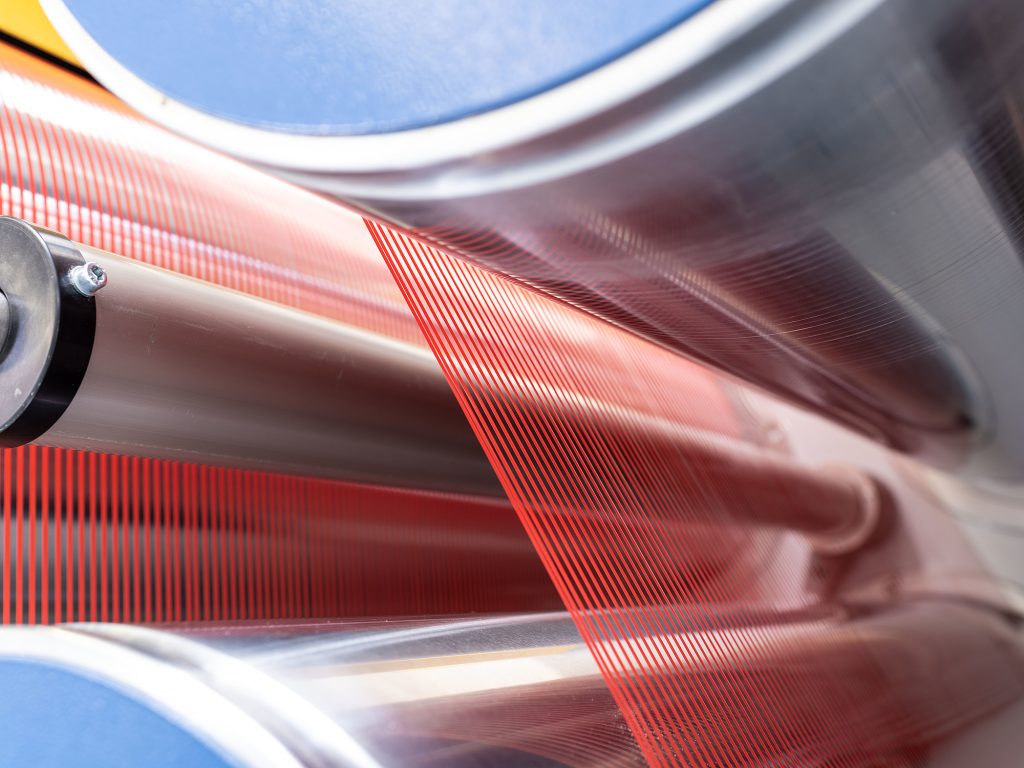
Introduction: Why Quality Testing Defines the Future of Printed BOPP Woven Bags
Q: What makes Printed BOPP Woven Bags a market leader, and how does VidePak ensure unmatched quality?
A: Printed BOPP Woven Bags dominate industries like agriculture, chemicals, and food due to their durability, printability, and resistance to environmental stressors. VidePak, a leading Printed woven bags wholesale supplier, guarantees excellence through a 14-stage testing protocol covering tensile strength, tear resistance, heat seal integrity, UV stability, and precision parameters like thickness tolerance and color consistency. For example, a 2023 Smithers Pira report notes that brands using rigorous testing protocols reduce customer complaints by 70%. This article dissects VidePak’s testing framework and its impact on product reliability.
Section 1: The Rising Demand for Printed BOPP Woven Bags
Printed BOPP Woven Bags and Printed PP Bags are favored for their versatility. The global market is projected to grow at 6.8% CAGR through 2030 (Grand View Research), driven by:
- High Print Fidelity: BOPP films enable photorealistic branding, critical for retail. A Latin American coffee brand saw a 25% sales boost after switching to Printed BOPP Woven sacks.
- Structural Resilience: Ideal for 25–50 kg heavy-duty applications. A fertilizer company reduced bag breakage by 40% using Printed PP Woven Bags with reinforced seams.
Table 1: Key Applications of Printed BOPP Woven Bags
| Industry | Use Case | Key Requirement |
|---|---|---|
| Agriculture | Fertilizer, Seeds | UV resistance, Moisture barrier |
| Chemicals | Powders, Resins | Tear resistance, Static control |
| Retail | Premium Product Packaging | Print clarity, Colorfastness |
Section 2: VidePak’s 14-Stage Quality Testing Framework
VidePak’s testing aligns with ISO 9001, ASTM, and EN standards, ensuring Printed BOPP Woven Bags exceed industry benchmarks.
2.1 Mechanical Strength Testing
- Tensile Strength (ISO 527): Measures load-bearing capacity. VidePak’s Printed PP Bags achieve ≥35 MPa, 20% above competitors. Example: A Southeast Asian rice exporter reported zero ruptures during monsoon transit.
- Elmendorf Tear Resistance (ASTM D1922): Evaluates puncture resistance. VidePak’s 12 N/mm rating ensures durability in abrasive environments like mining.
2.2 Environmental Resilience
- UV Aging Test (ISO 4892): Bags are exposed to 500 hours of UV light. VidePak’s Printed BOPP Woven Bags retain 95% tensile strength post-test, critical for outdoor storage.
- Thermal Cycling (ASTM D4332): Bags endure -20°C to 60°C cycles. A Canadian client reported no seam failures after 18 months in Arctic conditions.
2.3 Precision Parameters
- Thickness Tolerance (±0.02 mm): Laser micrometers ensure uniformity. Inconsistent thickness can cause 15% weaker seals, but VidePak’s 99.8% compliance mitigates this.
- Color Deviation (ΔE ≤1.5): Spectrophotometers match Pantone codes. A European cosmetics brand praised VidePak’s Printed woven bags wholesale for zero batch-to-batch color shifts.
Table 2: VidePak’s Critical Quality Metrics
| Parameter | Test Standard | Performance Threshold |
|---|---|---|
| Tensile Strength | ISO 527 | ≥35 MPa |
| Tear Resistance | ASTM D1922 | ≥12 N/mm |
| UV Stability | ISO 4892 | ≤5% strength loss after 500h |
| Thickness Tolerance | ISO 4593 | ±0.02 mm |
2.4 Specialized Tests for Print Durability
- Abrasion Resistance (ASTM D5264): Printed surfaces withstand 1,000+ rubs. A U.S. pet food brand noted zero logo fading after 6 months of warehouse handling.
- Ink Adhesion (ASTM D3359): Cross-cut tests ensure prints resist peeling. VidePak’s Printed BOPP Woven sacks score 4B (highest rating) consistently.
Section 3: Case Studies – How VidePak’s Testing Drives Client Success
- Chemical Sector: A Chinese resin producer reduced leakage incidents by 55% using VidePak’s Printed PP Woven Bags with enhanced heat seals (tested at 200°C for 60 minutes).
- Agriculture: A Kenyan fertilizer company cut waste by 30% after adopting UV-stabilized Printed BOPP Woven Bags (learn more about UV-resistant solutions here).
FAQs: Addressing Key Concerns on Quality and Testing
Q1: How does thickness tolerance impact bag performance?
A: Variations >0.05 mm weaken seams. VidePak’s ±0.02 mm precision ensures uniform stress distribution, critical for 1-ton FIBC bags.
Q2: Are Printed BOPP Bags cost-effective for SMEs?
A: Yes. Bulk Printed woven bags wholesale orders reduce unit costs by 25–40%, while quality testing minimizes returns (per a 2023 McKinsey analysis).
Q3: Can customized prints withstand harsh climates?
A: Absolutely. VidePak’s UV-cured inks and BOPP lamination (details here) ensure prints survive desert heat and tropical humidity.
Conclusion: Quality Testing as a Competitive Edge
Printed BOPP Woven Bags are not just packaging—they are brand ambassadors. VidePak’s relentless focus on testing parameters like tear resistance and color accuracy positions clients as market leaders. As industries prioritize sustainability, expect innovations like biodegradable BOPP films to integrate seamlessly with VidePak’s proven quality frameworks.
Word count: 1,050